Varieties of eschinanthus and the nuances of its cultivation
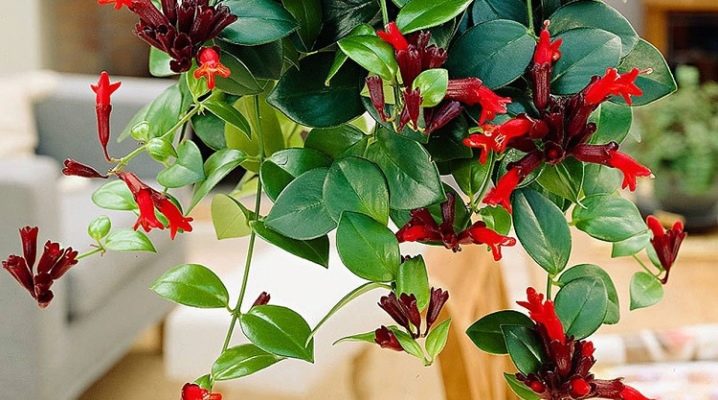
According to statistics, the number of flower growers who want to learn everything about the varieties of aeschinanthus, as well as the nuances of its cultivation, is constantly increasing. Translated from ancient Greek, the name of the plant means "distorted flower".
By the way, it is also known to many as a fondant flower. All varieties reflect the unique shape and vibrant color of the buds. At the same time, it is important to know the key features of an indoor flower, which will allow you to grow it at home without facing serious problems.

general description
Eschinanthus is one of the brightest representatives of evergreen plants belonging to the Gesneriaceae family. It owes its very interesting name to the unusual shape of the corollas. The flowers of this plant grow upside down, as it were. The places of origin of this unique representative of the flora are the Middle Kingdom, Indochina, as well as Vietnam and India. In addition, the flower can be found in Malaysia, Singapore and Thailand. In its natural habitat, that is, in the tropics, Aeschinanthus leads a lifestyle characteristic of epiphytes. It wraps around tree trunks and resembles hanging vines. At home, ampelous varieties and shrubs are grown.
One of the advantages of the plant is its evergreen leaf plates, which are most often oval in shape with a pointed top. Depending on the species, their size varies between 4-10 cm. The surface of the rather dense and fleshy leaves has a waxy outer layer that provides an appropriate shine. They are located in pairs and along all vertically growing or hanging stems, reaching a length of 0.5 m. Flowers are formed on the tops of the stems. The outstanding decorative properties of aeschinanthus provide lush flowering clusters that cover almost the entire plant.
By the way, each flower is an elongated tube with several petals at the end. Most often, the flowers are red or rich orange.

Types and varieties
At the moment, there are about 180 species of Aeschinanthus in their natural habitat. At the same time, only 15 of them are suitable for breeding in room conditions. We are talking, for example, about the Rasta hybrid, famous for its outstanding decorative properties, and most importantly, for its unique curling leaves.
The following most popular varieties of eschinanthus are worthy of attention.
- Caroline - ampelous variety with upward corollas and elongated ellipsoidal leaves.
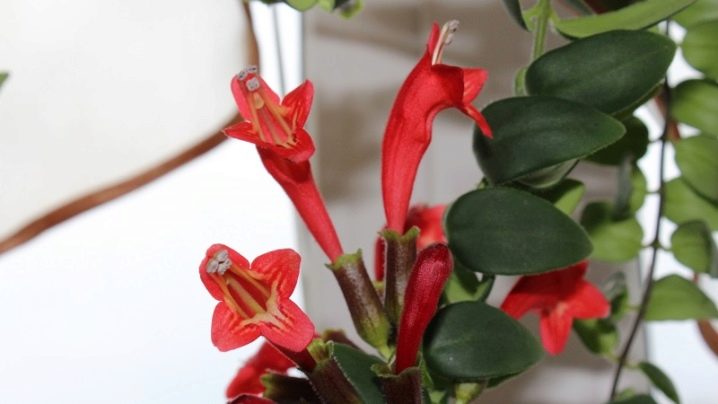
- Marble - a species, one of the main distinguishing features of which is the variegated color of the leaf plates. Lighter and darker shades of green alternate to create marble-like stains. The leaves are elongated in shape with sharp tips and reach a length of 10 cm.
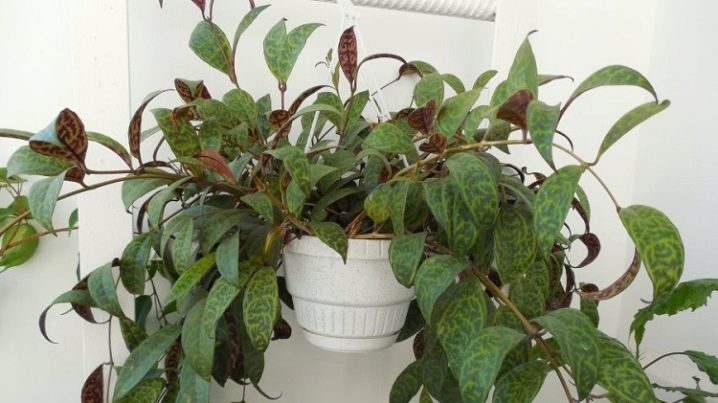
- Beautiful - one of the most common types of the described indoor plant in the form of a shrub with straight stems and emerald-colored leaves growing in pairs.
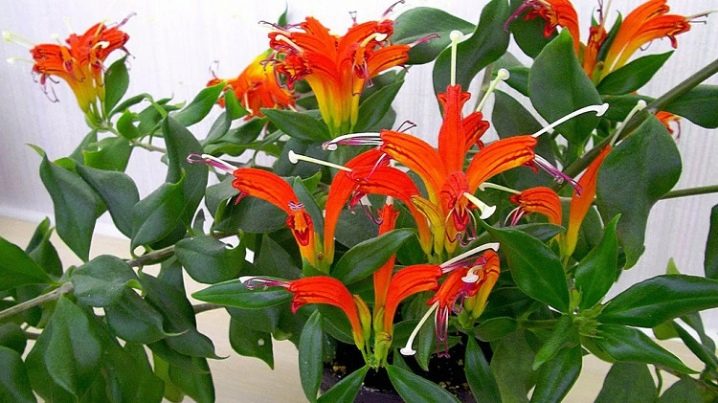
- Lovely (great) It is worth noting that this and the previous flower varieties are mistakenly confused. In many respects, the representatives of these two species are similar in appearance. In this case, the main difference lies in the presence of a red edging on the leaves of the beautiful Aeschinanthus.

- Tricolor - a variety with relatively small, rounded leaves.The main feature of the species is the unique brindle color of the inflorescences.
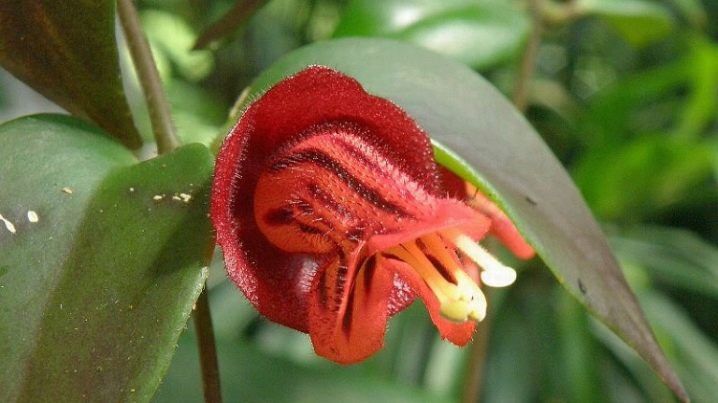
- Firebird - a variety of Aeschinanthus, in which the brightness of flowers with yellow, orange and red shades is emphasized by the rich green of the leaf blades.
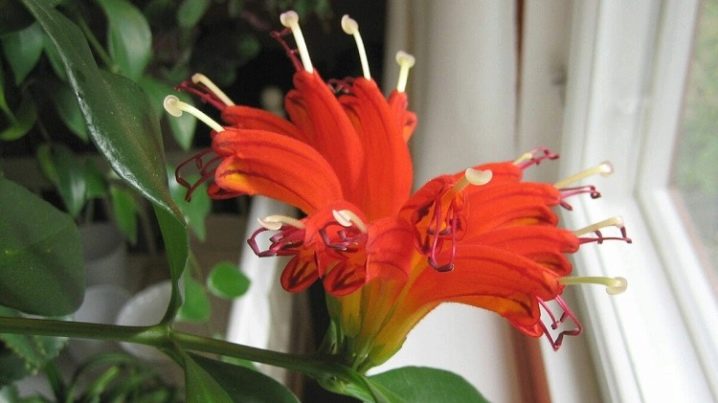
- Rocky - one of the rarest types of "distorted flower". It can be distinguished from its "congeners" by narrow leaves with wavy edges and single lilac buds.
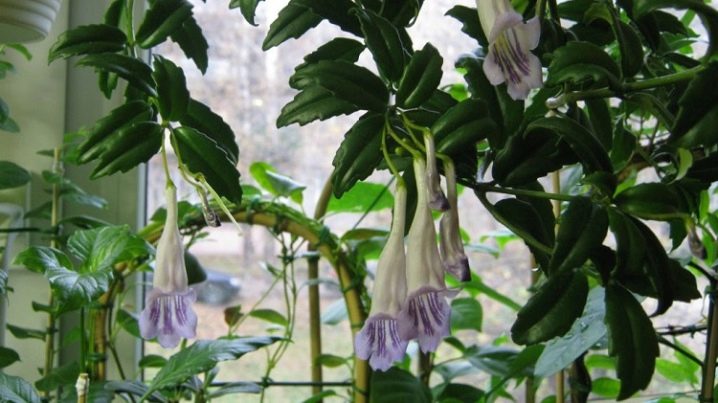
- Mona lisa - ampelous varietal variety that adapts very well to indoor growing conditions. It can be safely recommended to novice growers, taking into account unpretentiousness and maximum ease of care. The main feature of the appearance is the presence of an expressive groove in the middle of monochromatic green leaf blades.
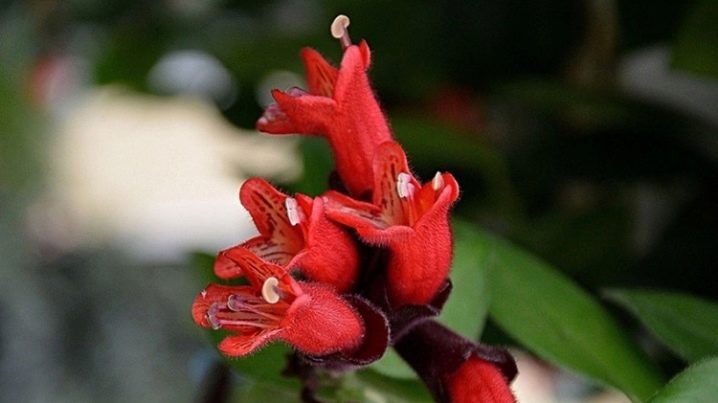
- Lobba - a variety that differs from the rest primarily in long and flexible stems that have a slight reddish tint. The heart-shaped leaves are brownish-green and pale green on the outer and inner surfaces, respectively.
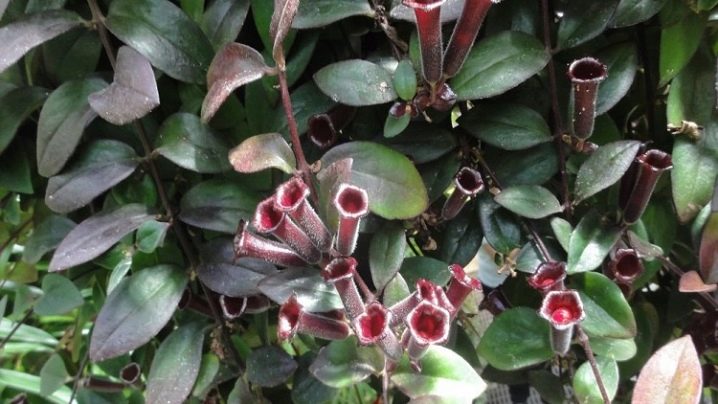
- Twister - a very interesting species of Aeschinanthus, which is characterized by an unusually curved foliage on stems hanging down. Fleshy plates of dark green color bend in the form of a semicircle and are intertwined parallel to each other. As a result, some semblance of a braid is formed.
In addition to all of the above, it is worth paying attention to such a species as Dzhafrolepis. It is an epiphytic variety with dense foliage and curly stems. And also the variegated species should be mentioned, which is characterized by the presence of both normal (chlorophyll is present in the composition) and mutating (chlorophyll-free) cells.
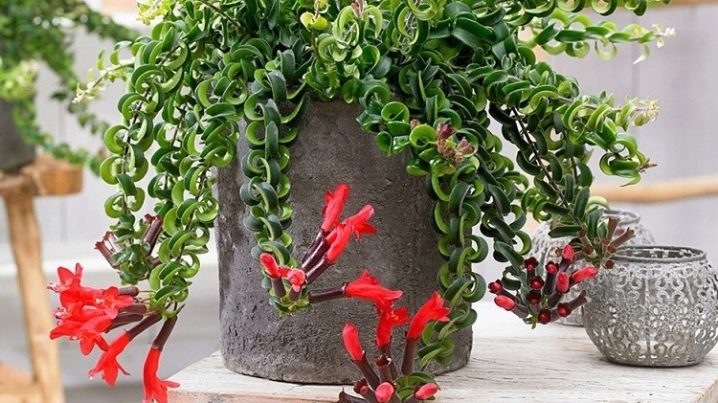
Landing
First of all, considering the rules for planting a flower, one should focus on the mandatory presence of a drainage layer. It should be at least 30-40 mm thick. This measure is due to the need to prevent moisture stagnation, which is detrimental to the root system. It is also important to consider the following requirements for the soil used:
- acidity level - from 5 to 7 pH;
- the looseness of the substrate should provide good moisture transmission and air exchange;
- increased nutritional value.
Ready-mix can be purchased at any specialty store. It can be a special substrate for bromeliads or a universal soil. In the second case, you will need to add a baking powder. For experienced flower growers, an alternative is a homemade soil mixture, which includes:
- humus - 1 part;
- coarse sand - 1 part;
- leaf land - 2 parts.
In addition to all of the above, it is important to add pieces of charcoal to the substrate. This will ensure its protection against acidification, therefore, from the formation of rot and mold. Do not forget about the obligatory disinfection of the soil mixture before planting.
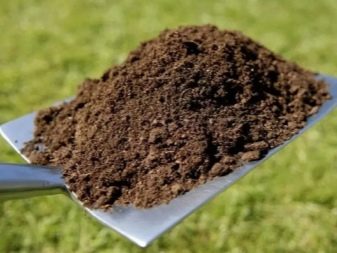
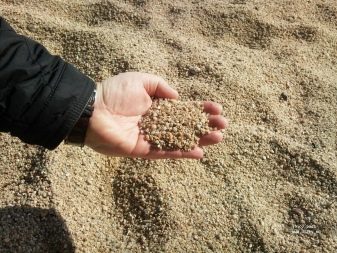
Care
In principle, taking care of a fondant flower is not so difficult. The main thing to remember is that its homeland is the tropical forests of Asia. Of course, in an apartment it is unlikely that it will be possible to fully recreate similar conditions, but to ensure the most suitable microclimate, certain rules will be required. And we are talking about the following key points:
- lack of exposure to direct ultraviolet rays;
- sufficiently high air humidity;
- reliable protection of the flower from drafts.
In the overwhelming majority of cases, Aeschinanthus is grown for 3-4 years. After that, it noticeably loses its properties and requires a transplant.

Conditions
First of all, it is important to take into account that the described inhabitant of the tropics requires sufficient lighting. However, direct sunlight is contraindicated for him. Diffused light is the best option, and the best place for the pot is on the west and east sides. If you place the eschinanthus on the northern window, then flowering is unlikely to be expected.
The next important point, on which the comfortable content of an indoor flower directly depends, is high humidity. In dry air, the plant begins to shed foliage and buds. Based on this, in order to create a favorable microclimate, it is necessary:
- regularly spray eschinanthus with warm water using a spray bottle;
- place a container with a plant in a pallet with expanded clay or small pebbles, which are periodically moistened, achieving moisture evaporation.
The optimal temperature regime is guaranteed when the thermometer readings are in the range of 23-25 degrees in the summer and 16-18 degrees in the winter months. On the one hand, the fondant flower is a warmth-loving guest from the tropics. At the same time, lowering the air temperature and organizing the so-called dormant stage effectively stimulate the formation of healthy buds for the future flowering season. Among other things, one of the important conditions for the successful cultivation of Aeschinanthus is the absence of drafts. They often cause serious diseases, including the death of the plant. And also it is worth remembering about the inadmissibility of sudden temperature fluctuations.

Watering and feeding
It is important to ensure that the soil in the pot does not dry out, but at the same time it does not sour, becoming waterlogged. At the stage of active growth, watering is performed at intervals of 1 week. And also the air humidity in the room affects the frequency of procedures. Aeschinanthus should be watered very abundantly to completely get the earthen coma wet. Any water flowing out of the pot must be drained off immediately. For the winter period, the number of watering must be reduced, and carried out as the soil dries up.
Another important component of caring for an exotic indoor flower is fertilization. It is important to take into account that Aeschinantus is fed only during the period of increased growth and development. In winter, such agrotechnical techniques become irrelevant. From April to October, it is recommended to apply fertilizers 2-3 times a month, taking into account the following important points:
- dressings should have a minimum nitrogen content;
- it is necessary to alternate organics and minerals;
- the concentration indicated in the instructions is halved;
- dressing is applied only after watering.
And also flower growers successfully use foliar dressing. It is important to remember that the dosage should be reduced even further. After each spraying, the plant is removed from bright light until the foliage is completely dry.
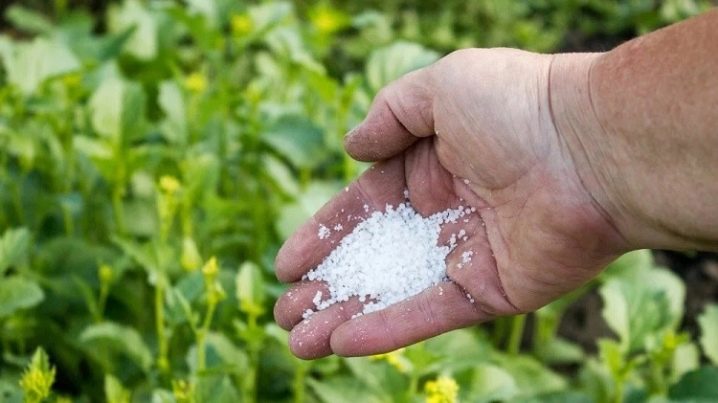
Pruning
Timely and competent sanitary pruning and plant formation will be the key to preserving the decorative properties of aeschinanthus. It is important to consider that such a procedure is relevant only for bush varieties. Ampel varieties do not need pruning. At the same time, dried and damaged shoots must be removed from all members of this large family. Otherwise, the appearance of the eschinanthus will be seriously affected. In spring, excessively long shoots should be shortened by two-thirds. This technique effectively stimulates the formation of new stems. As a result, the whole bush will become more magnificent and more beautiful.
To improve branching, experienced flower growers recommend pinching the tops of young stock, on which buds have not yet formed. In the overwhelming majority of cases, by the age of 5 years, the stems of the escinanthus begin to bare and noticeably stretch out the stems. Naturally, such metamorphoses have an extremely negative effect on the appearance of plants. However, the situation can be corrected very simply and with minimal time costs. To rejuvenate an indoor flower, you should cut off the bare shoots, which, by the way, are successfully used for rooting.
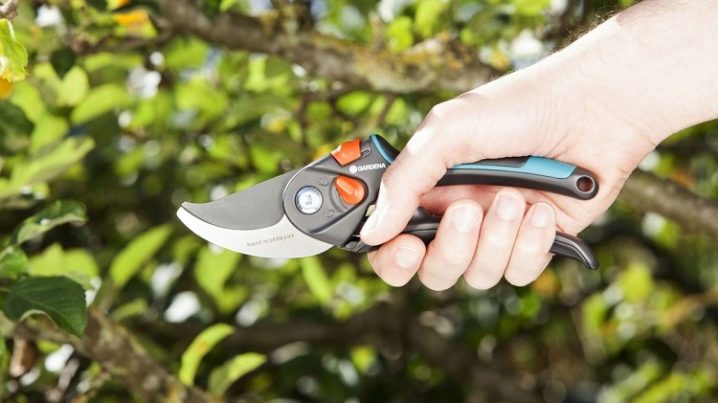
Transfer
It is possible to transfer the bushes to a new place only after the end of flowering or in the spring, that is, at the initial stage of the active growing season.It is enough that the new container is only 2 cm larger than the previous one, since the formation of buds occurs only when the root system fills the entire earthen ball.
The transplant procedure itself is as follows:
- create a drainage layer in a pot with holes;
- pour a little nutritious soil mixture;
- the eschinanthus is carefully removed from the pot along with the lump;
- a bush with earth is placed in the center of a new container;
- the roots of the plant in a circle and in the center are sprinkled with prepared soil;
- if necessary, install a support that the flower will need as it grows and the bush forms;
- the transplanted flower is watered abundantly.
By the way, the adults of the Aeschinanthus do not need too large containers. The flower will feel quite comfortable in a cramped planter. Such bushes are transplanted after 4-5 years.
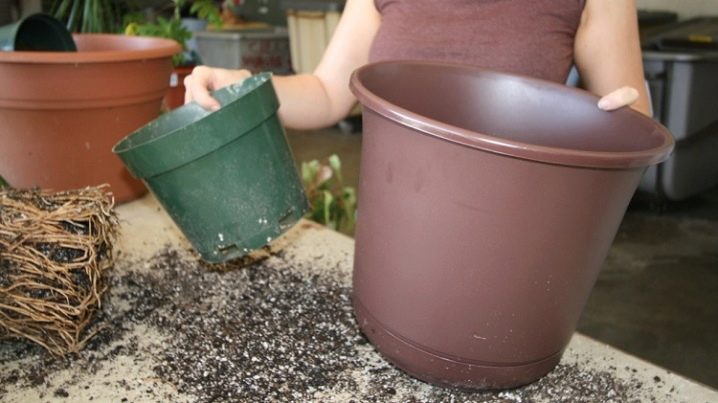
Reproduction
The described exotic representative of the flora of the tropical forests of Asia can be propagated by cuttings and even a leaf. The first option involves cutting the stem into segments, each of which should have several leaves and 4-5 buds. In the lower part of the cuttings, the leaves are removed, and the future seedlings are placed in a growth stimulant solution. Further actions are as follows:
- the cuttings are transferred into a mixture of peat and sand with a depth of 2 cm;
- overground parts are covered with cut plastic bottles, glass jars or plastic bags;
- the container with seedlings is placed in a well-lit (without direct ultraviolet rays) and warm place.
To root cuttings, the substrate must be kept moist. As the seedlings are strengthened, the shelters are periodically removed from them for the purpose of gradual hardening. Once they are rooted, they can be transferred to a permanent location. Experienced growers advise planting several cuttings in one pot to form a good bush, pinching their tops. The propagation of a fondant flower by a leaf is practically no different from the described method. Only in this case, you will not have to root cuttings, but leaf plates, which are cut from the bushes along with part of the stem. The process of forming the rudiments of the root system takes about a month.
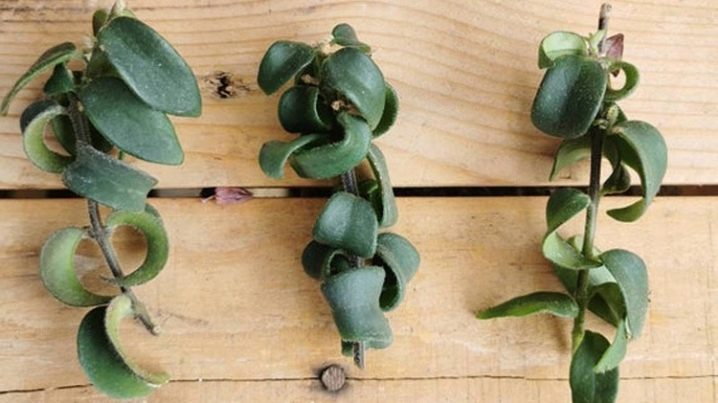
Diseases and pests
Initially, it is worth noting that the "distorted flower" is a plant that is quite resistant to most of the most common ailments. At the same time, it is important to follow the elementary rules of agricultural technology when growing it. And this is relevant for both beginners and experienced florists. Often one has to deal with lesions of the root system with fungi and gray rot. These are usually the consequences of excessive watering and drafts.
If we consider the attacks of harmful insects, then the greatest danger to the escinanthus is the mealybug, aphids, and also thrips. These parasites appear both in tandem with new plants and from the soil.
It is highly recommended to carry out regular inspections of the flower, and if pests are found, take appropriate action immediately. To combat parasites, both folk remedies and insecticide treatments are successfully used.
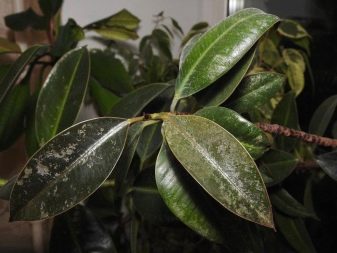
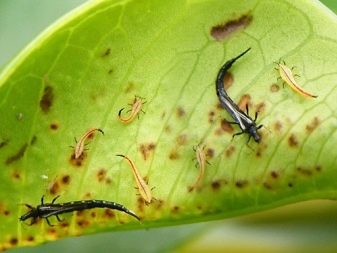
























The comment was sent successfully.